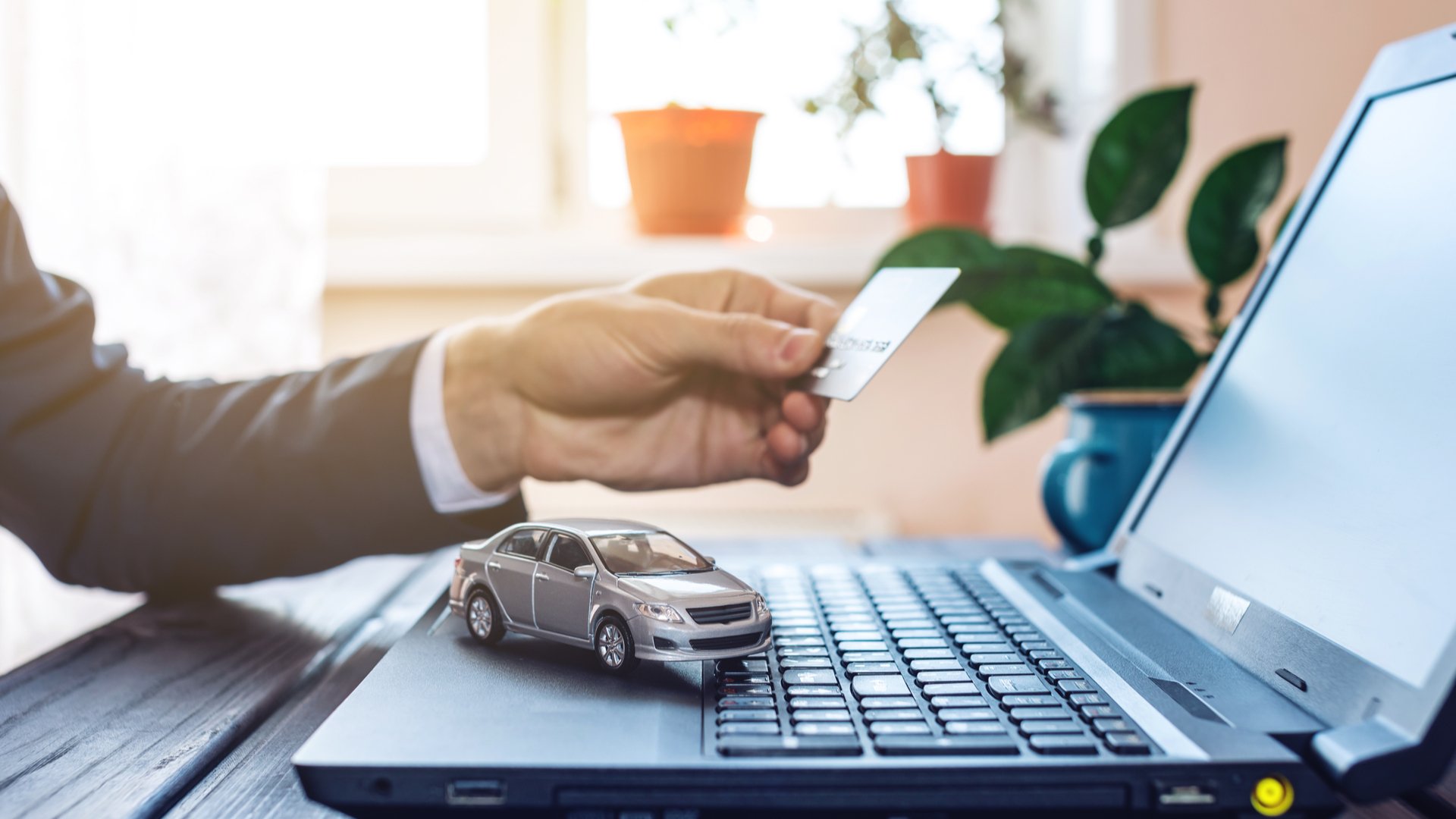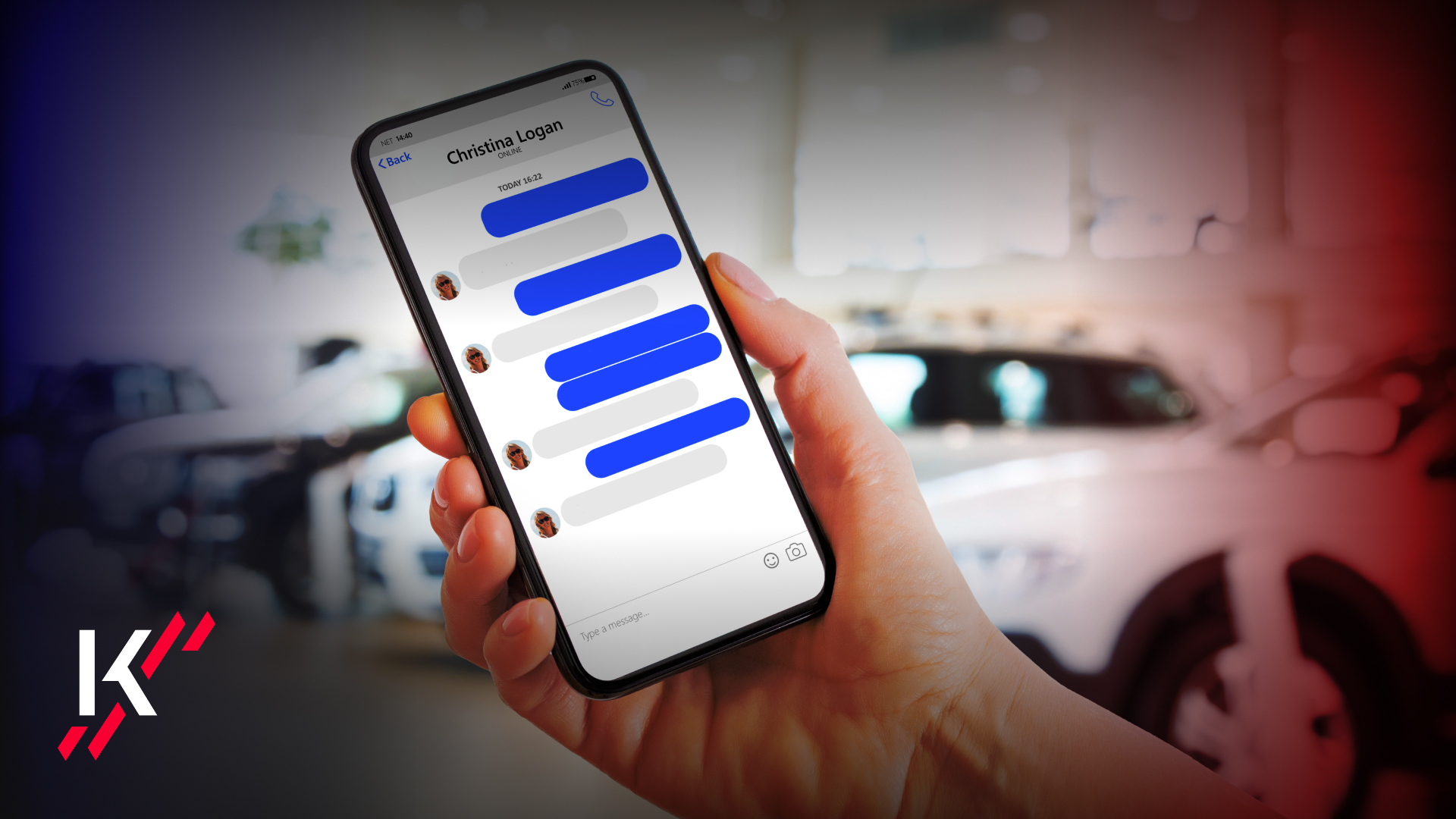It has been clear for a while that the automotive industry was in a phase of turmoil and major changes, even well before the recent Coronavirus crisis. The advent of new phenomena such as shared, automated or electric mobility had already given the industry such a jolt that it had to rethink and adapt to change. The crisis linked to the COVID-19 is only speeding up a process that has already begun and, precisely for this reason, the emerging trends today are destined to remain beyond this emergency situation.
Vehicle registrations in the European market, which dropped 78.3% in April (40% since the beginning of the year) with the most dramatic situations recorded in Italy and Spain (97.6% and 96.5% respectively), clearly show how essential it is for automotive brands to regain ground. In order to do so, it will be necessary, in the first place, to adapt to shorter industrial cycles and planning times. Secondly, priority will have to be given to innovative projects and initiatives that, among other things, will finally make the digitization of the entire purchasing process a reality. In this regard, Google has recently identified 5 trends that we at MotorK believe can be shared and fully consistent with our line of work for the automotive sector.
1. Owning a car now adds reassurance
Following the almost-total shutdown enforced for months on all means of transport, the desire to resume moving and travelling has finally re-emerged. Even in view of the summer holidays, using public transport (such as trains and airplanes) will imply not only higher costs but also less psychological tranquility. On the other hand, the car you own represents, at this moment, a personal space in which to find comfort and safety.
According to a study carried out by Ipsos at the beginning of March, after the beginning of the pandemic, the use of private transportation almost doubled, causing a vertical collapse in the use of public transport, taxis and ride hailing services (such as Uber or FreeNow). In addition, the majority of Chinese consumers who do not own a car said they would like to buy one soon to protect their health and safety. It can easily be assumed that this trend will apply to Europe as well.
2. Consumers expect bargains
Consumers want to know if now is a good time to buy a car and if so, they expect discounts and promotions. Online searches like “it’s a good time to buy a car” are performed 9 times more today than in February, March, and April 2020. The more discerning consumers are turning more and more to the internet to compare models and prices: as you can easily guess, at this time more than ever, making a good deal is important. Price is always a determining factor for those who want to buy a car, therefore it does not come as a surprise that the current promotions offered by manufacturers are succeeding in capturing the interest of consumers.
3. The customer wants the dealership to be "at hand"
With the general increase in online consumer searches, which we discussed some time ago (here an article on the consequences of Coronavirus in the process of digitizing car purchases), the search for keywords such as ‘dealer close to me’ has increased by 20% since March 2020, compared to the previous month. The customer still wants to try the car and have the dealer’s experience. But they are no longer willing to move around much for it. Yet, according to Google, the activities perceived as valid alternatives to the dealership visit include road testing at home, video reviews, digital showrooms, online configurator, virtual reality test drive and video conferencing.
4. Online purchase and home delivery could become a reality
Manufacturers have moved to digitize all steps of the buying process to meet consumer preferences and find a viable alternative to offline transactions. Google reports that 92% of car buyers are already searching online and we are seeing the new purchasing process unfold completely online – from purchase to delivery and, we add, after sales.
Before COVID-19 many dealerships were already able to offer some services, such as home delivery, but only a limited number of them already have the digital skills to offer a sales process that is completely online. Moreover, while the selection and configuration process is already taking place online, the actual act of buying is still offline. Yet, at a time when social distancing is drastically changing consumer behaviour, developing strategies to respond to the demand for effective digital purchasing can have a strong impact.
5. Digital events are no longer taboo
The obligation to postpone or cancel major events and conferences to avoid crowds has prompted manufacturers to postpone the launch of new models. Some, on the other hand, have decided to launch new models in fully digital mode. This represents a momentous change for a market that has traditionally been very much linked to launch events in grand style and, above all, live. 100% digital was, for example, the 2020 edition of the Geneva Motor Show, the automotive event par excellence: car manufacturers decided to unveil in live streaming the news they were to present during the Swiss kermesse, thus respecting the original programme of the event.
These five are just some of the consequences that the pandemic crisis will bring to the vehicle distribution sector: the most important thing, we believe, is that something is finally happening. Manufacturers and dealerships are now making it increasingly clear that this push towards a digitalisation of distribution is no longer a tinsel, an accessory and cutting-edge element. It is, in a word, indispensable.








